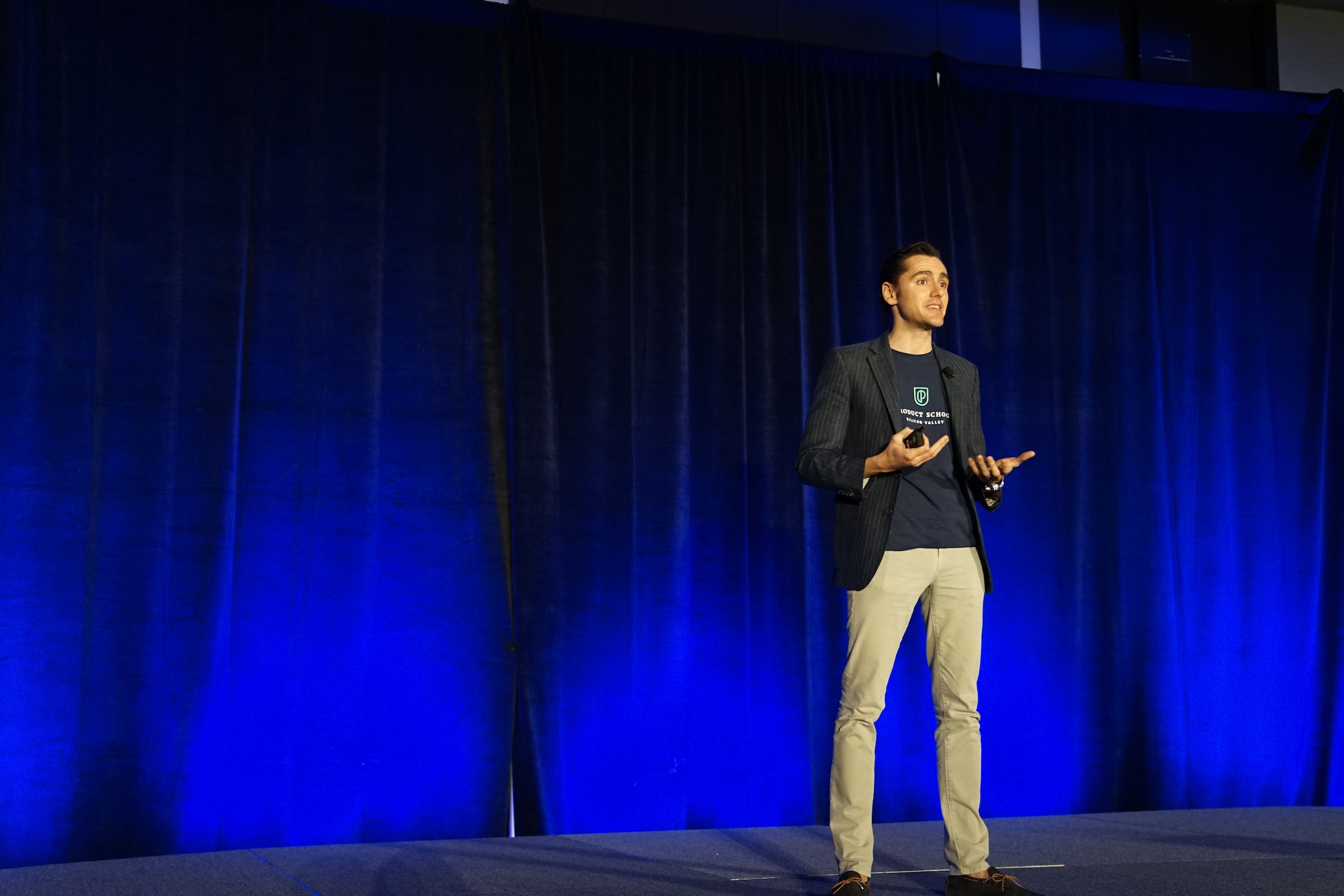
The Data Delusion: When Numbers Fail to Capture Human Experience
Imagine standing in a room filled with endless streams of data—flickering screens, complex algorithms, and mountains of numerical representations. Each pixel and decimal point promises ultimate understanding, yet something fundamental remains frustratingly elusive. The human story.
In our relentless pursuit of technological precision, we‘ve constructed an intricate machinery of data collection that paradoxically distances us from genuine human understanding. Big data, with its seductive promise of objective truth, often becomes a complex maze that obscures rather than illuminates the nuanced landscape of human experience.
The Quantification Trap: Beyond Numerical Representations
Web scraping and data extraction technologies have revolutionized how we collect and analyze information. But here‘s the critical insight: data points are not experiences. They are shadows—pale representations of complex human interactions, emotions, and motivations.
Take, for instance, the remarkable TED Talk by Tricia Wang, "The Human Insights Missing from Big Data." Wang powerfully illustrates how Nokia‘s massive market research failed spectacularly by relying exclusively on quantitative data. Despite having access to extensive market statistics, the company completely missed the smartphone revolution—a failure rooted not in lack of information, but in a fundamental misunderstanding of human technological desires.
Decoding the Complexity: Why Context Matters More Than Numbers
The Limitations of Pure Numerical Analysis
Data scientists often fall into a seductive trap: believing that sufficient quantity automatically translates to quality insight. But human behavior is wonderfully, maddeningly complex—a tapestry woven from threads of culture, emotion, personal history, and unpredictable individual choice.
[Human Insight = f(Emotional Context, Cultural Nuance, Personal Narrative)]Consider healthcare as a prime example. A treatment protocol might show 80% statistical effectiveness, yet individual patient experiences can vary dramatically. The numerical average becomes meaningless when confronted with unique human physiological and psychological variations.
Technological Blind Spots: What Algorithms Cannot See
Modern machine learning algorithms, despite their sophisticated architecture, struggle with fundamental human characteristics:
- Emotional intelligence
- Cultural context
- Intuitive decision-making
- Subtle interpersonal dynamics
An algorithm can predict purchasing behavior based on historical data, but it cannot comprehend the deeply personal motivations behind a specific choice—the memories, aspirations, and emotional connections that truly drive human decision-making.
Emerging Methodological Innovations: Bridging the Human-Data Divide
Thick Data: A Qualitative Revolution
Tricia Wang introduced the concept of "thick data"—a revolutionary approach that places human narrative at the center of data interpretation. Unlike traditional big data methodologies, thick data emphasizes:
- Deep ethnographic research
- Contextual understanding
- Emotional mapping
- Narrative complexity
This approach transforms data from a passive collection of numbers into an active, dynamic exploration of human experience.
Case Studies in Misinterpreted Data
1. The Nokia Smartphone Blindspot
Nokia‘s market research team collected extensive quantitative data about mobile phone usage. Yet, they fundamentally misunderstood emerging consumer desires. Traditional survey methods failed to capture the emotional and cultural shifts driving smartphone adoption.
2. Netflix‘s Content Recommendation Paradox
While Netflix‘s recommendation algorithm appears sophisticated, it often misses crucial human preferences. An individual‘s viewing history might suggest a love for crime documentaries, but this fails to capture nuanced mood, social context, or temporary interest variations.
Ethical Dimensions: The Human Responsibility in Data Science
Algorithmic Bias: The Hidden Danger
Mathematician Cathy O‘Neil‘s groundbreaking work highlights a critical concern: algorithms are not neutral. They inherently embed human biases, potentially perpetuating systemic inequalities if not carefully designed and continuously examined.
Ethical data science requires:
- Transparent methodological frameworks
- Diverse representation in data collection
- Continuous bias auditing
- Human-centered design principles
The Future of Data Understanding: An Integrated Approach
Interdisciplinary Data Science
The most exciting frontier isn‘t about collecting more data, but developing more nuanced, empathetic analytical approaches. Future data scientists will need skills spanning:
- Sociology
- Anthropology
- Psychology
- Design thinking
- Cultural studies
Practical Strategies for Human-Centered Data Analysis
Developing Contextual Intelligence
Embrace Complexity: Recognize that human experiences resist simplistic numerical reduction.
Build Interdisciplinary Teams: Challenge existing analytical paradigms by integrating diverse perspectives.
Create Robust Feedback Loops: Continuously validate data models against real-world human experiences.
Invest in Qualitative Research: Complement quantitative analysis with deep narrative understanding.
Conclusion: Reclaiming Human Narrative in the Age of Information
Big data is a powerful tool, but it remains just that—a tool. The true magic happens when we recognize its limitations and approach data analysis with humility, curiosity, and a profound respect for human complexity.
As we move forward, the most successful organizations and researchers will be those who see beyond the numbers—those who understand that behind every data point lies a rich, intricate human story waiting to be heard.










